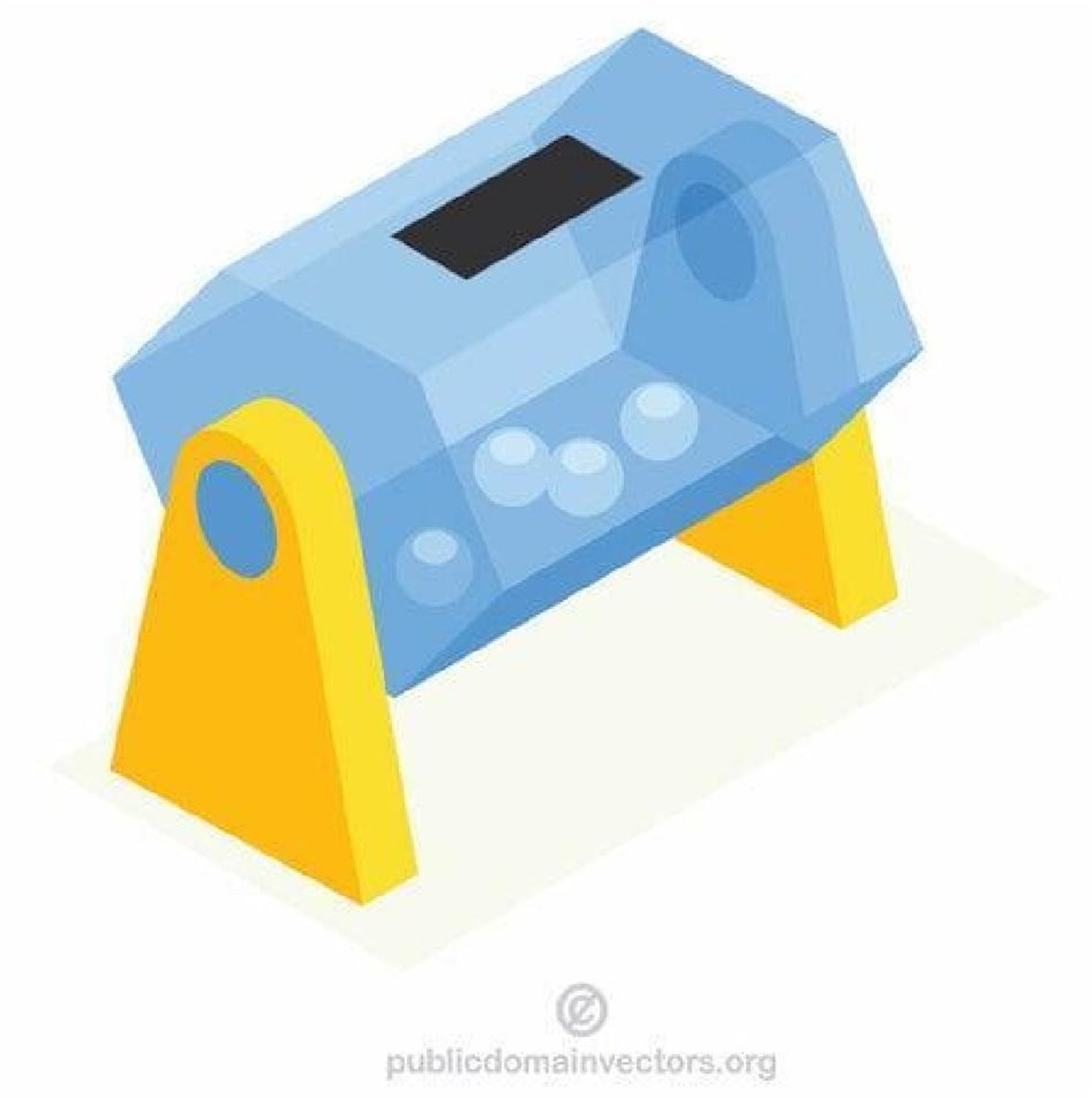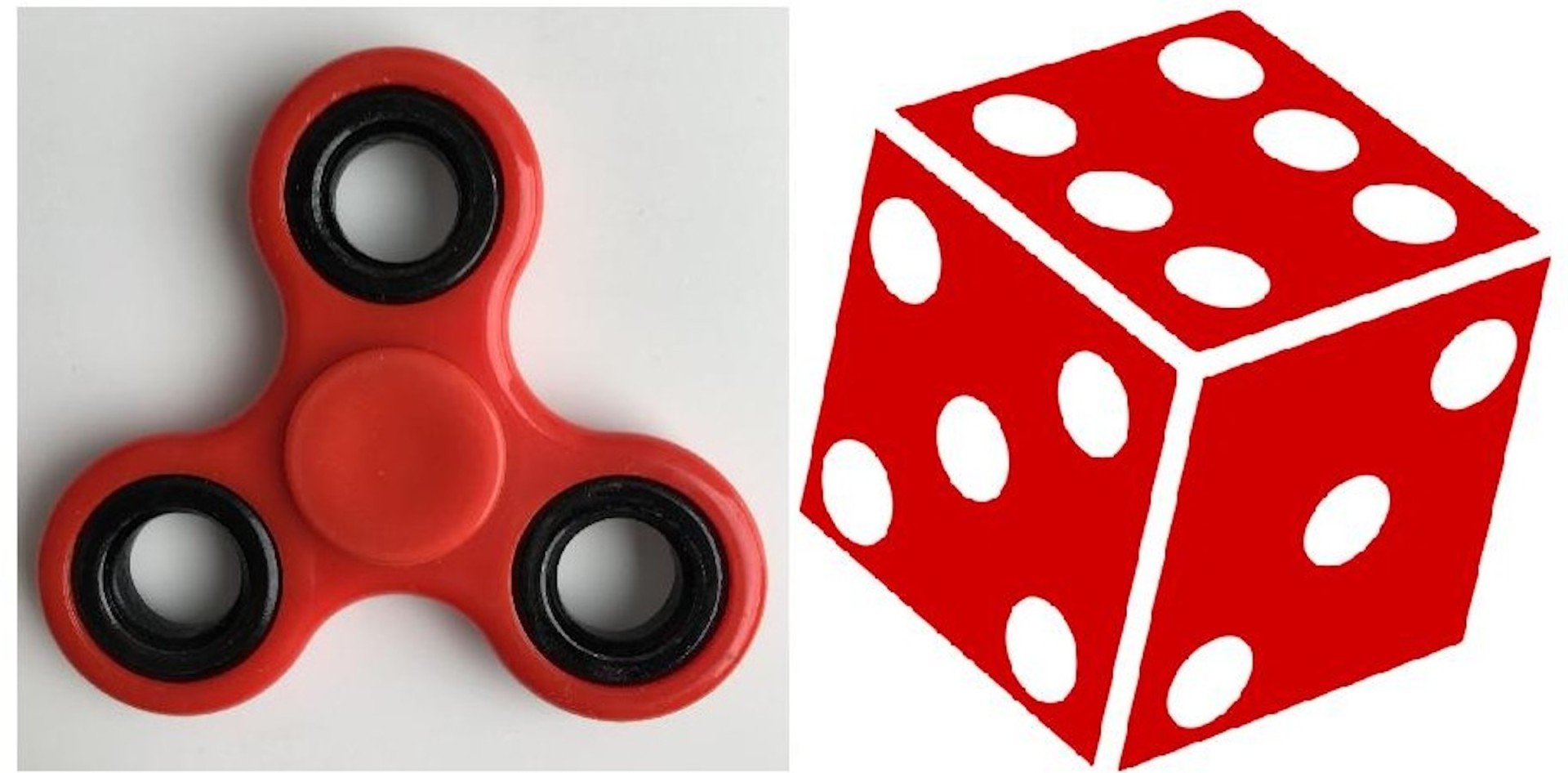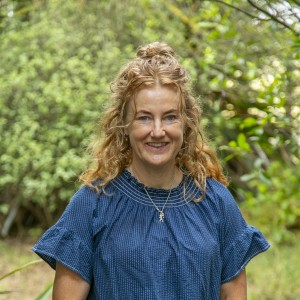The problem of unfair soccer teams during break times has been ongoing for many students in Room 5. Following a design process to try and solve this problem was the goal.
Step 1: The Problem - During morning tea and lunchtime, the Year 3 & 4 students that like to play soccer struggle to organise fair teams.
How have others approached this problem?
-
Our school has ball-free Fridays to try and stop some of the problems that soccer games cause.
-
Another set of soccer goals has been put on the field to make teams smaller and therefore have fewer problems.
-
Last year, Whaea Angel used a digital randomiser to make random and fairer soccer teams.
What are the constraints around solving this problem?
Room 5 wants to make something to enable the soccer players to choose random teams. Teams that are not split into “good” and “bad” players. The goal is to make a device that can split a group into two random groups. This device will be called the Team Randomiser.
Constraints
The Team Randomiser needs to be:
-
Somewhat weatherproof
-
Able to be moved inside and out so that it does not get damaged
-
Not involve teachers; they are busy enough already
-
Non digital
-
Not expensive to make
-
Simple to use
Steps 2 & 3: Brainstorming and Team Radomiser Plans
Most of our plans for team radomisers fell into two categories.
Category 1
These plans were based on creating a radom spinner. Each student that wanted to play soccer could spin the spinner. The spinner would be divided into two sections: team A and team B.
Category 2
These plans were based on a lucky dip-type activity. Each student that wanted to play soccer could draw out of a bag or a box a stick, card, or peg that would tell what team they were on.
Photo 2
Mason had an idea to adapt a figit spinner, and Waimaria had an idea to adapt a dice.
Step 4: Creating the Designs
Working in groups, students followed their design plans and created four different Team Randomiser designs.
We made the spinner out of a lid. Mrs Sprague had a spinner from some maths games that we reused.
We shared the sections of the spinner into eights instead of half because we thought that it would be more fair. If it was just half and half, some people might be able to make it land on the team they want to be on.
We needed a bag that was not see-through.
We had two different coloured pegs - orange and green. People drew a peg out of the bag. The colour of the peg was the team you were in.
The cool thing about the lucky dip is that you can clip the peg to your shirt, and that shows what team you are on.
The figit spinner has three choices - Team A, Team B, and Your Choice. This randomiser still gives us a little bit of choice.
We had to screw the figit spinner onto a piece of wood.
We had two orange sides and two green sides on the dice. We also had a sub and a roll again side.
Hugo went home and created a Team Randomiser with his dad. This high-tech design used magnets to create a spinner to organise random teams.
Testing the designs meant using the Team Randomiser to make random teams and then playing a game of soccer to see if the teams were in fact fair.
Students realised that we could also use the randomisers to make random teams for other sports and games. It didn’t have to be soccer.
I think the magnets were too strong on my randomiser. It took a really long time for the arrow to stop spinning. It would take us all day to pick the teams.
Hugo’s design had a stand, so it would be good to take outside onto the field.
We couldn’t rig the spinner.
We did have to use our finger to stop the figit spinner because it took too long.
The dice sorted teams very quickly. We decided subs might be hard to manage without a teacher.
I was worried that the dice might be too small and get lost.
I liked the pegs because you can see who is on your team.
My peg broke when I fell over. We need stronger pegs - maybe metal not plastic.
Some of the teams were fair teams. We could tell if the team was fair by the score of the game.
Our Team Randomisers did pick random teams but a random team is not always a fair team.
A random team does not necessarily mean that it is a fair team.
A random team does not necessarily mean that it is a fair team. This was the major finding of our technology investigation. While a Team Randomiser can choose a fair team, it can also pick an unfair team.
More investigation and testing is needed with our Team Randomisers to be certain if they really will solve a problem and make our lives easier. Do they pick more fair or unfair teams?
A focus on fair play, including others, and that lunchtime sports are not the Olympics might be a more helpful focus to solve our problem.
Sharing the Fair Play Message
Creating posters on Canva- an online graphic design tool, was another part of our learning journey. Students made posters to share a fair play message and encourage others to use the Team Randomisers. This activity integrated digital technology into the learning by requiring students to design and develop a digital outcome.






Comments
No one has commented on this post yet.